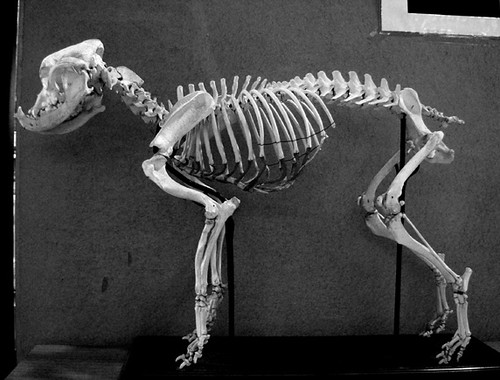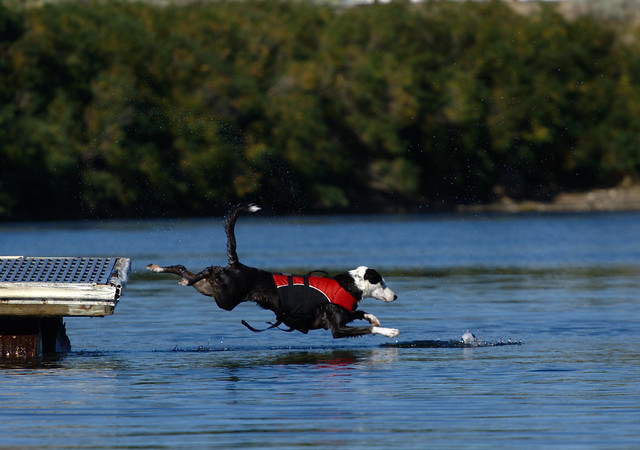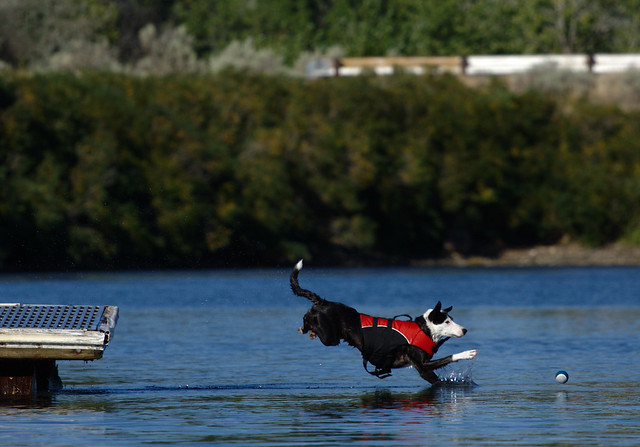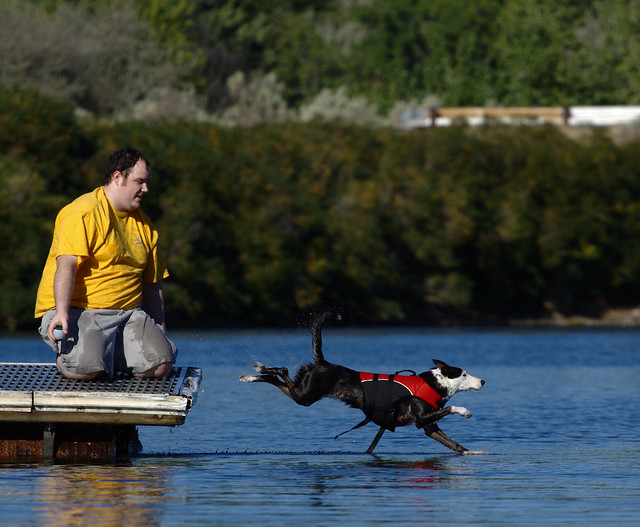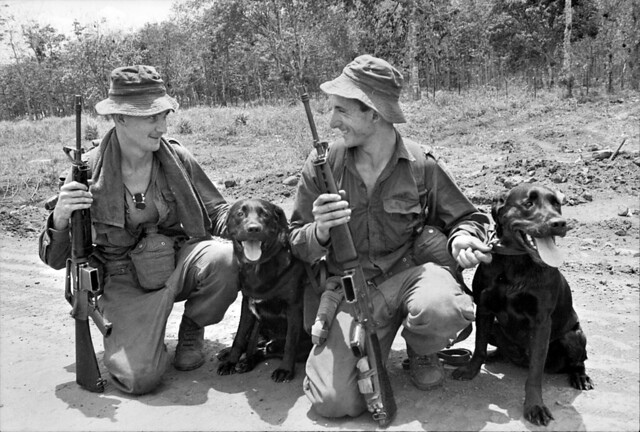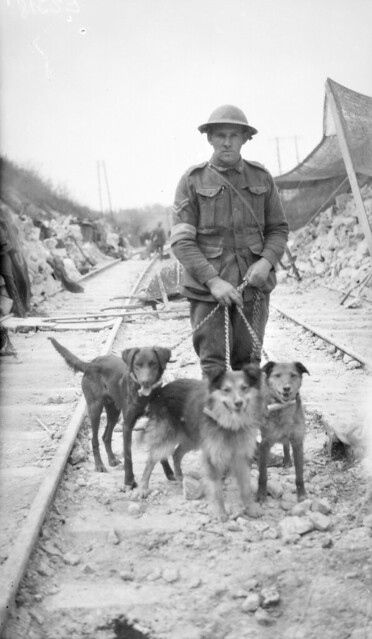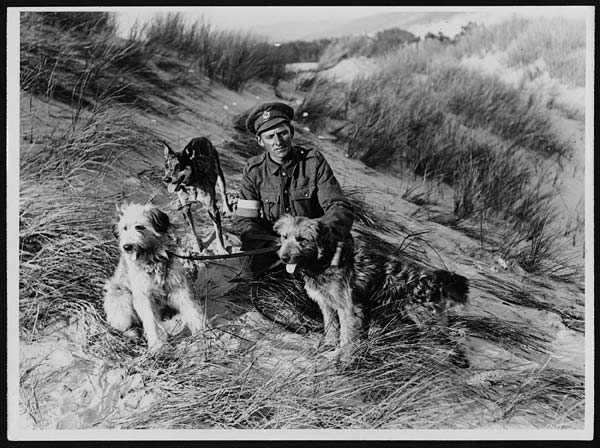I finished this book awhile ago. Here are some things that have been percolating in my mind. (Yes, I'm the type that highlights and puts tabs in my books.)
Page 7: "...linking us, through what we eat, to the fertility of the earth and the energy of the sun."
One of the more memorable learning moments I had when I was little was my dad explaining that everything we eat and use ultimately was either dug out of the earth or grown on top of it. It's obvious when you think about it, but it was a profound moment for my little brain.
Page 23: "...indeed, there is every reason to believe that corn has succeeded in domesticating us."
Hah hah, yes.
Page 55: the author describes BT corn as "corn genetically engineered to produces its own pesticide"
A technically correct but loaded description. He must know well that 99% of his audience considers 'pesticide' a bad, scary word. Inserting BT genes into corn should be at the bottom of our list or worries about risks from chemicals or industrial agriculture, and it doesn't deserve all the bad press it gets. The BT toxin is practically non-toxic for humans. Which can't be said for most other pesticides used on food crops. It doesn't deserve to be lumped together with the other pesticides we use. It can even be used in organic agriculture.
Page 63: "Cargill is the biggest privately held company in the world."
holy shit, didn't know that.
Page 69: Pollan drily describes the begining life of a beef steer. Although his description is dry, his disapproval of the impersonal nature (not just the pain) is implied.
Some things bother me about farming animals, some don't: AI doesn't bother me (heck, some cows would probably prefer it, given a choice), not giving animals true names doesn't bother me; you could argue that it's the first step on a slipperly slope of thinking of living, breathing, thinking creatures as objects that can't feel pain, but I knew plenty of 4H kids growing up who named their steers "Burger" and "T-bone" and names didn't seem to make a difference in the (excellent) quality of care.
Page 71: the cattle rancher in South Dakota tells the author that in his grandfather's day, slaughter age for a cow was 4 or 5 years old, in the '50's it was 2-3, and now it's 14-16 months.
Page 126: Reading the description of Polyface farm - 100 acres that produces an abunadance of food (both plant and animal) in harmony with nature.
A good place to start with revamping our food system is to have more farms like this. Now, please.
Page 132: "If I said I was organic, people would fuss at me for getting feed corn from a neighbor who might be using atrazine...There are a whole lot more variables in making the right decision than does the chicken feed have chemicals or not."
I love Polyface farm. I have a rant on "organic" standards.
Page 139: he describes ultrapasteurization as "a high-heat process that damages [milk's] nutritional quality"
I quibble, sir. Where is your data on that, exactly?
Page 144: this 'brown foods' movement at the begining of the organic movement I've never heard of before. Intriguing.
Page 148: "...so that when the synthetic nitrogen fed to plants makes them more attractive to insects and vulnerable to disease... the farmer turns to chemical pesticides to fix his broken machine." and "on a healthy farm pests would be no more prevalent than in a healthy wood or pasture".
Um, no. Farmers have been using pesticides to reduce crop loses for thousands of years. We've always been (and always will be) in competition with bugs and weeds for our food, and will always need some kind of pest control. Industrial agriculture may be worse, (and as much as I support the idea of holistic farming) but I don't buy it that 'nature' will take care of all things. Nature is a bitch, and her only goal is to keep balance. Trying to grow any kind of crop represents an unbalance of delicious food, which will always bring the pests to eat it. No matter how healthy your soil and robust your micro ecosystem.
Page 156: Pollan sums up Kahn's philosophy about industrial organic: "If the consumer wants an organic Twinkie, then we should give it to him."
Page 157: the description of Horizon Organic milk's dairy farm in Idaho: thousands of dairy cows milling around a dry lot eating 'organic' feed shipped in from thousands of miles away and collecting manure in ponds.
Yep. The public asked for an organic twinkie, and they got it, didn't they.
Also, the excuses of Horizon's execs about why they must farm dairy cows this way just makes me roll my eyes. Tillimook Cheese Factory milks thousands of cows every day, and they do it with pastures and grazing cows and without an organic label. Tillamook easily falls under the definition of 'industrial' farming yet they keep a small farm feel. If they can do it, so can others.
Page 164: He has a point about industrial organic. It's not perfect, and there are far too many compromises, but if nothing else it's better than before. Just that one large company in California has 25,000 organic acres, probably eliminating 270,000 lbs of pesticide and 8,000,000 lbs of petrochemical fertilizer.


